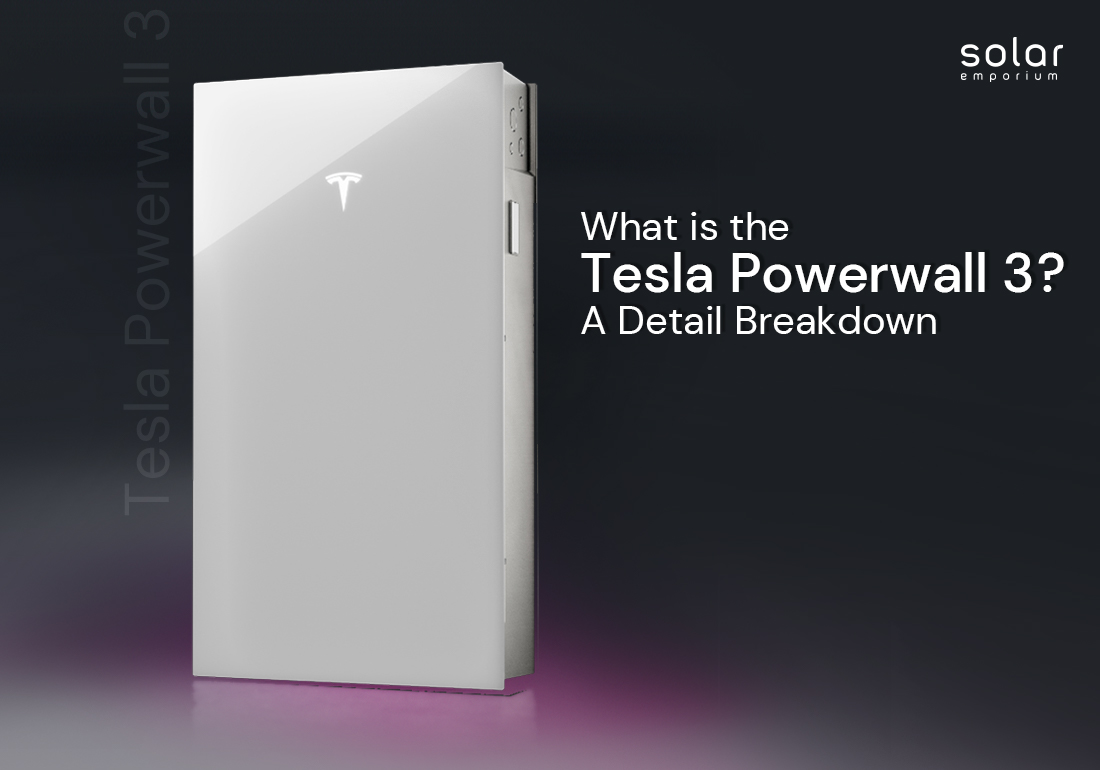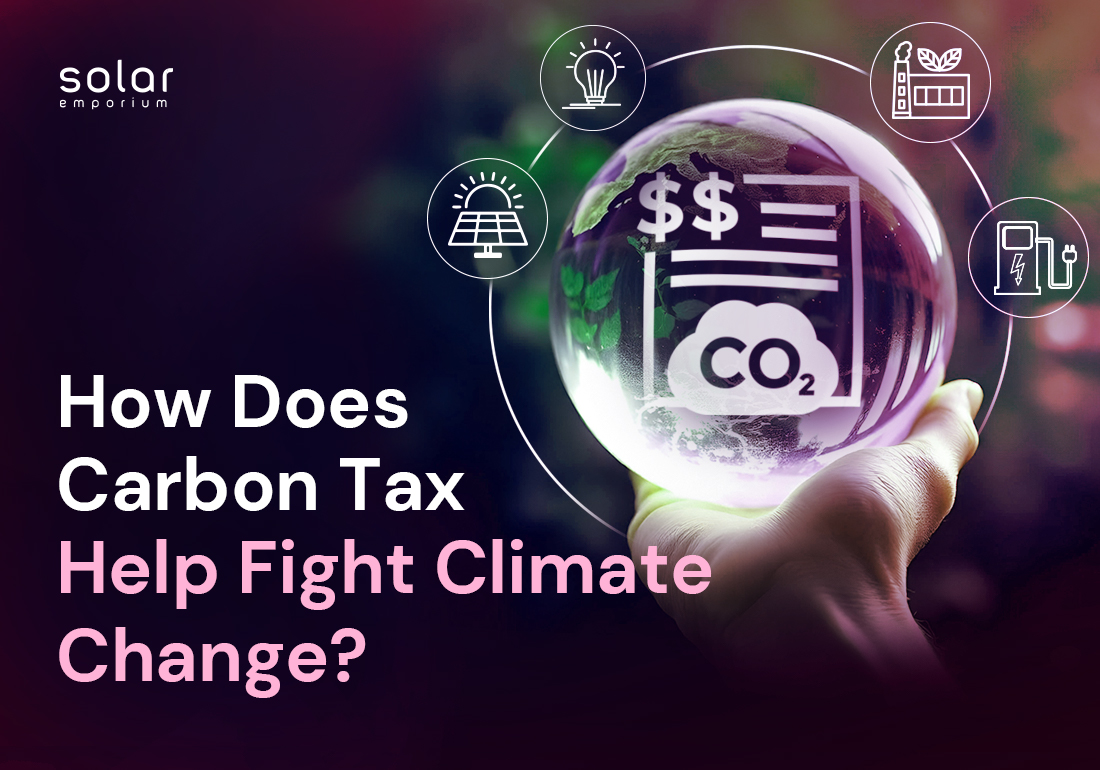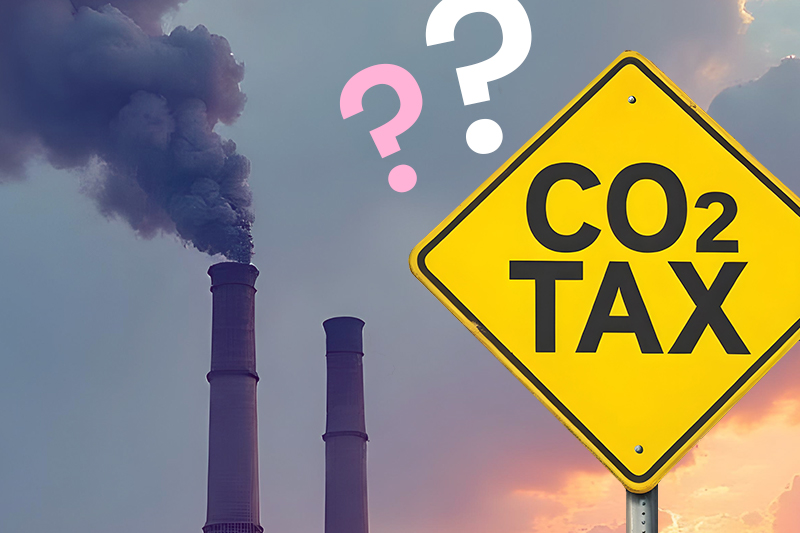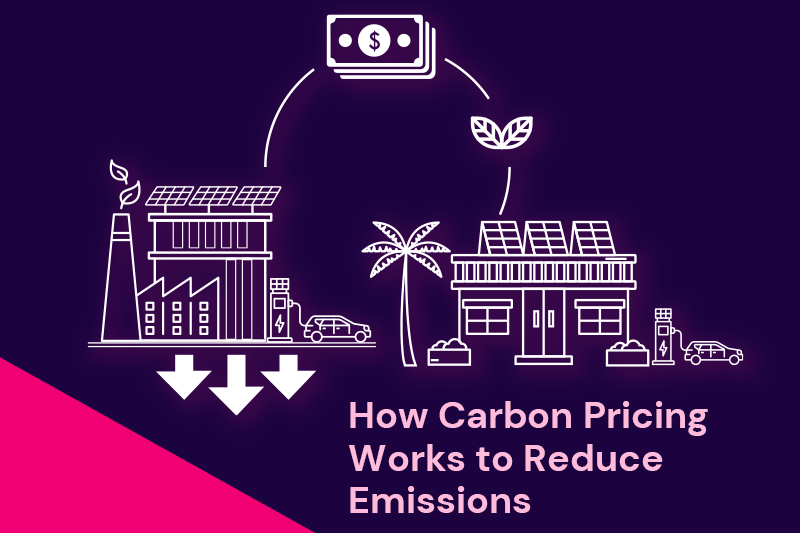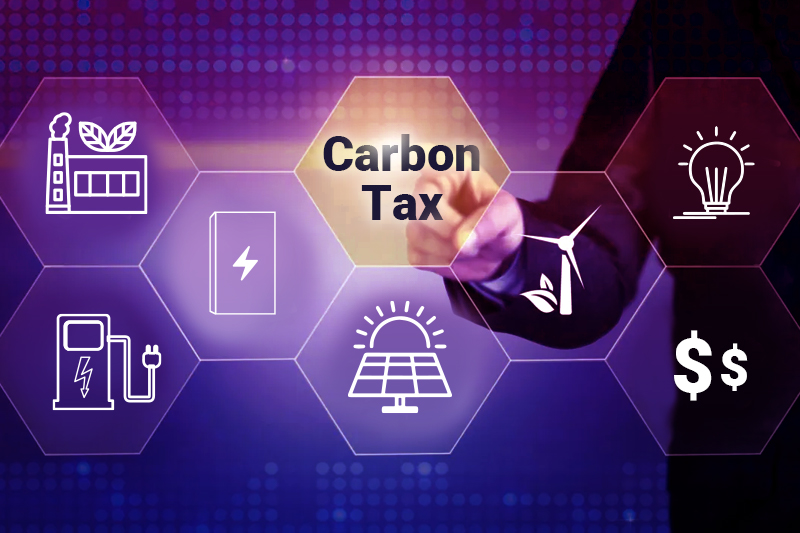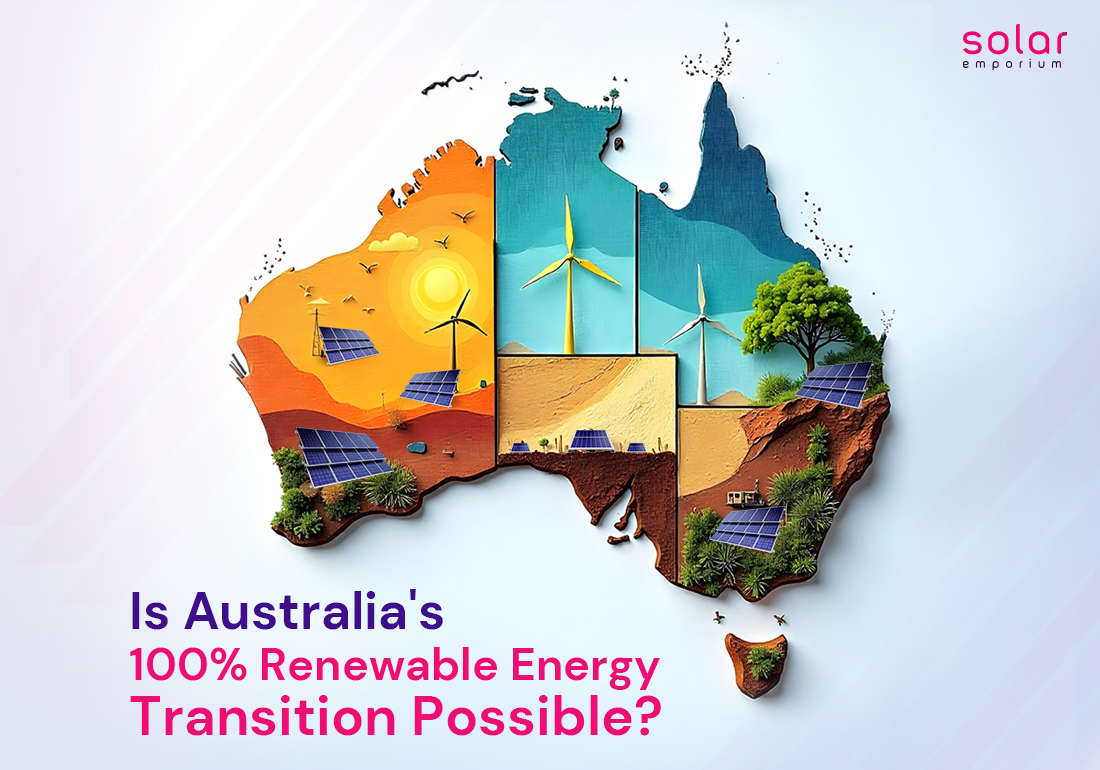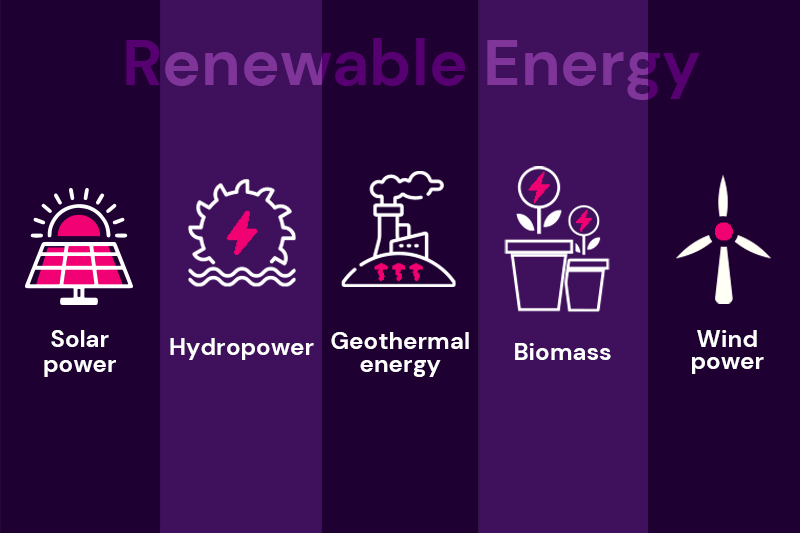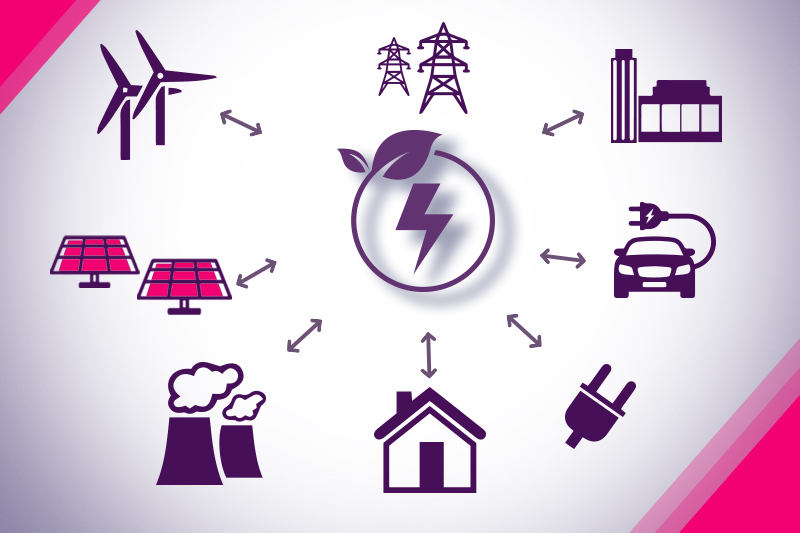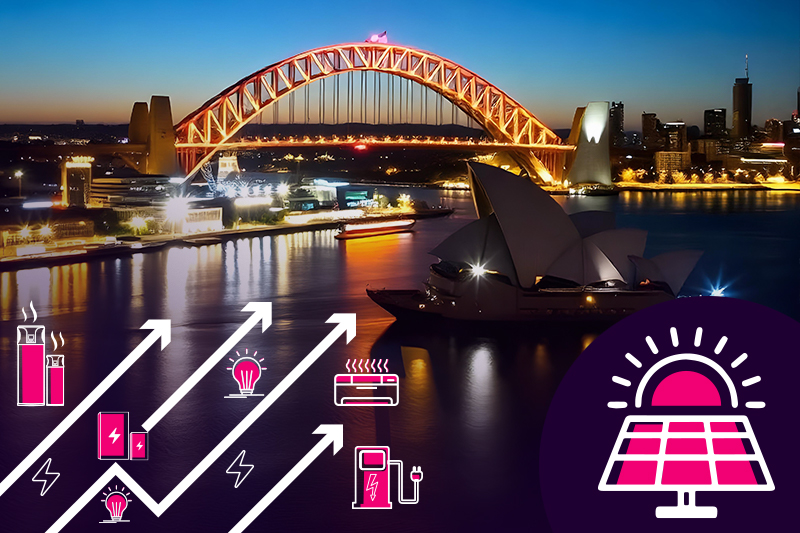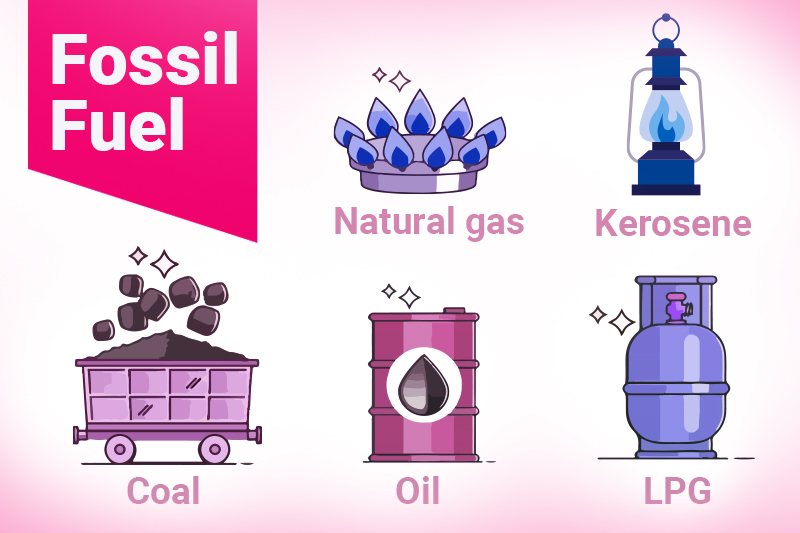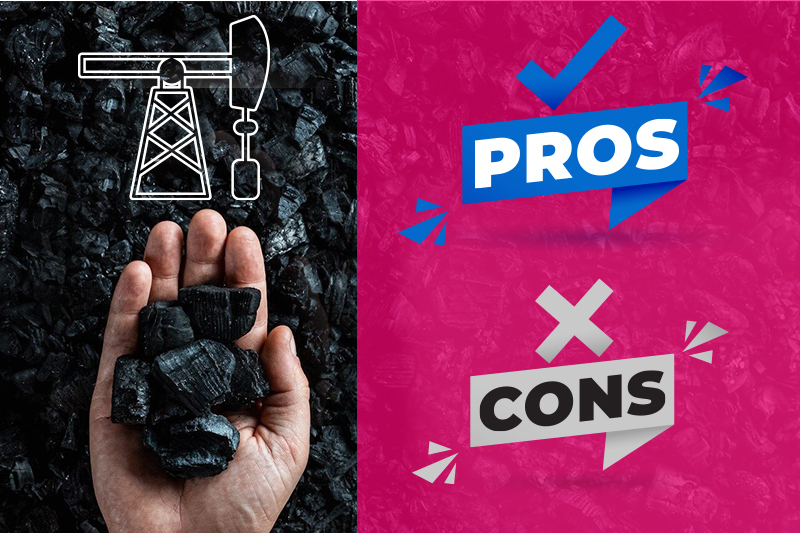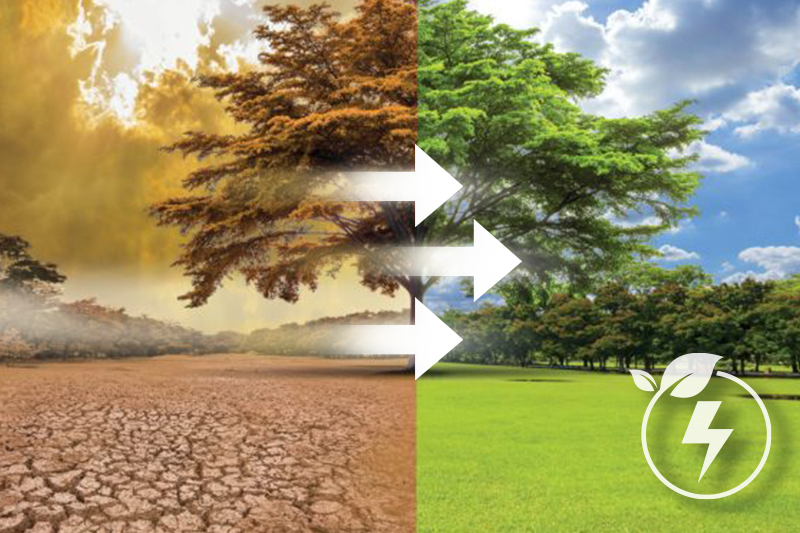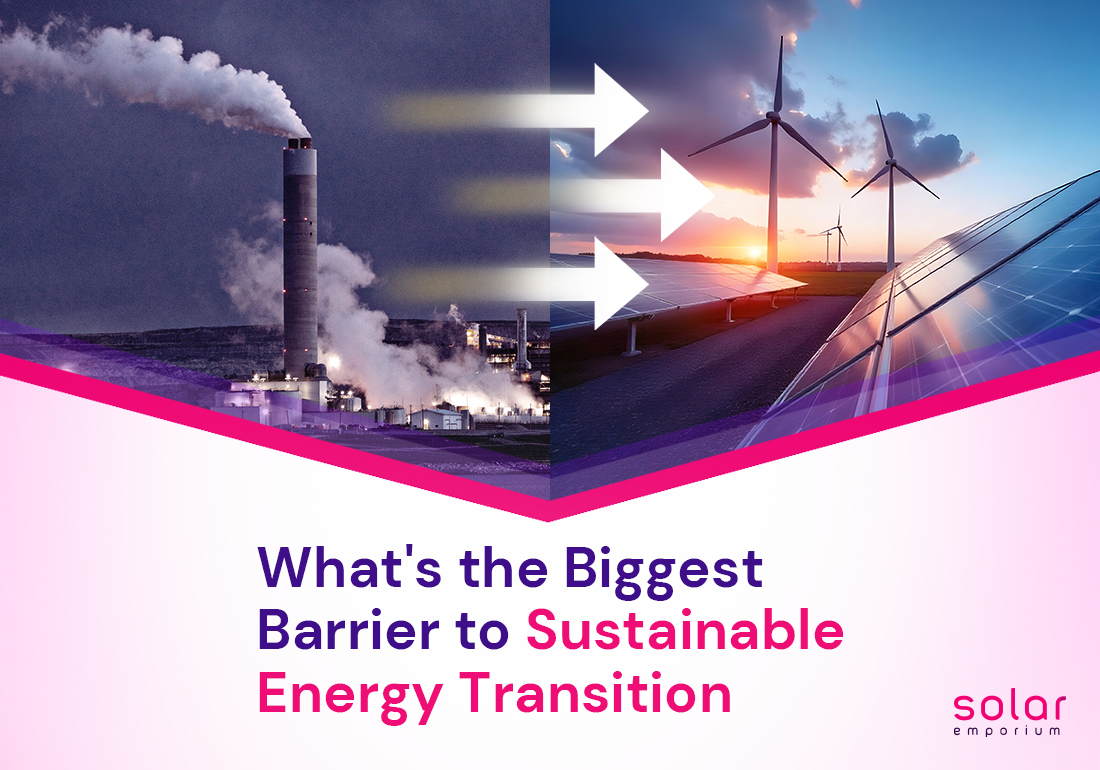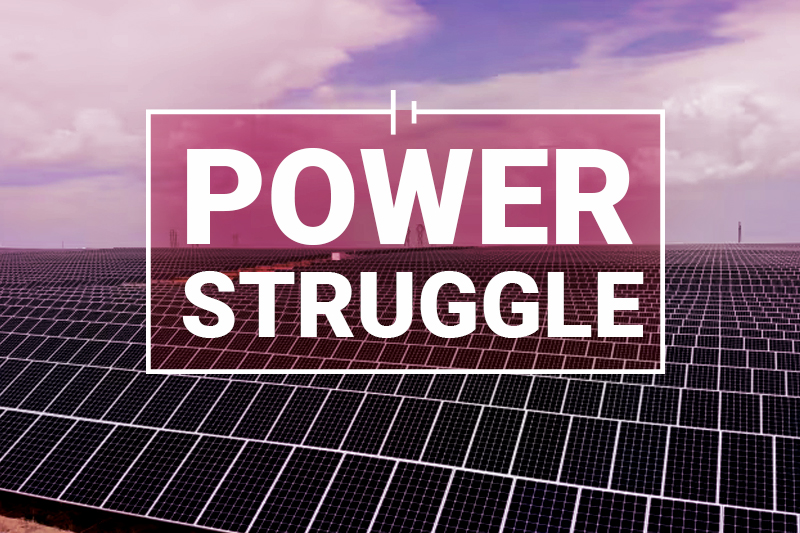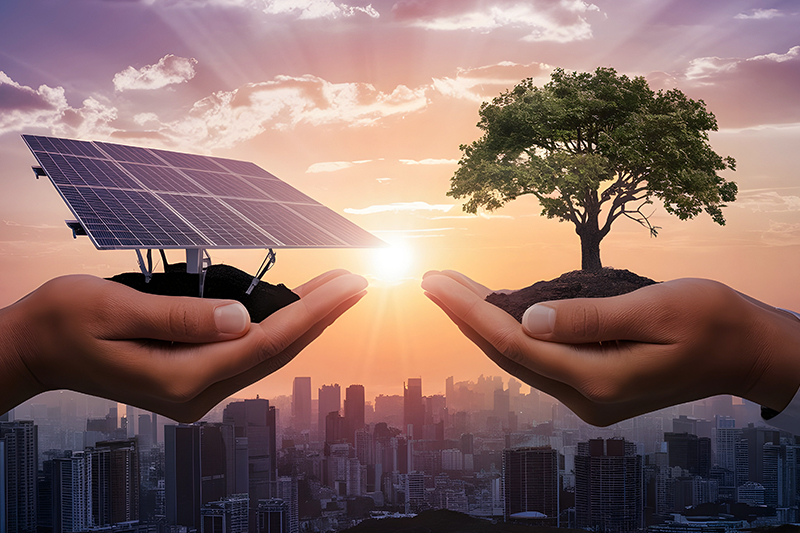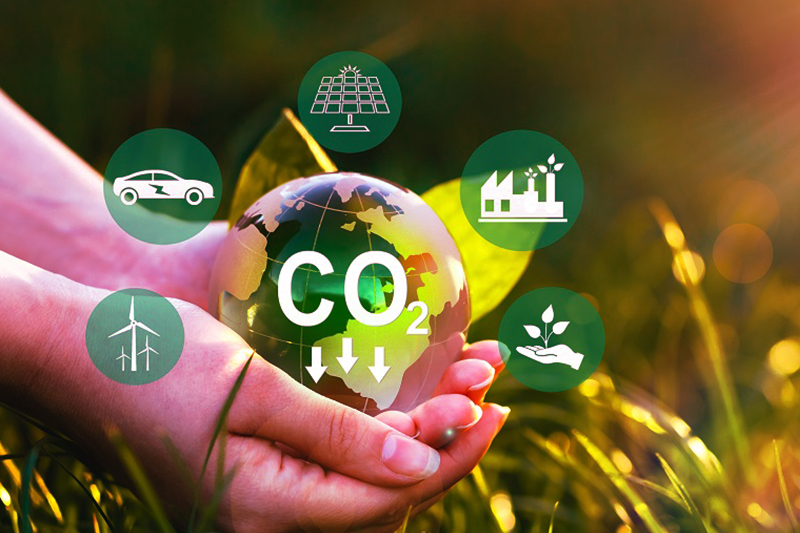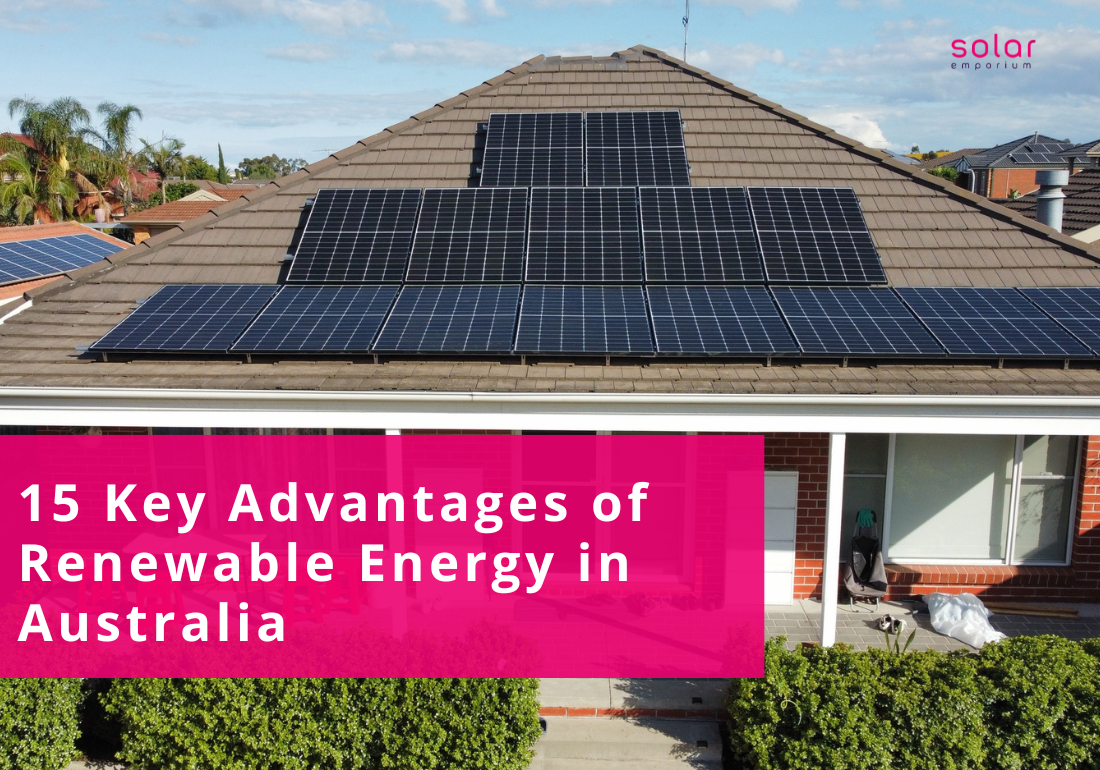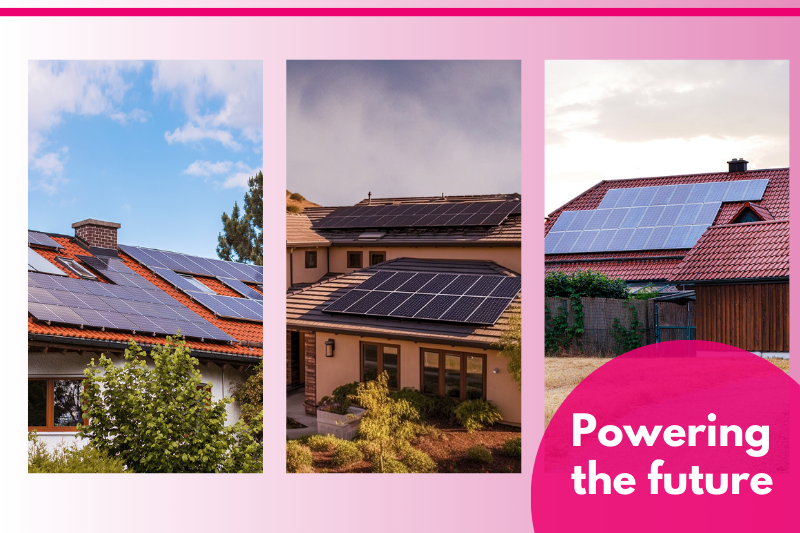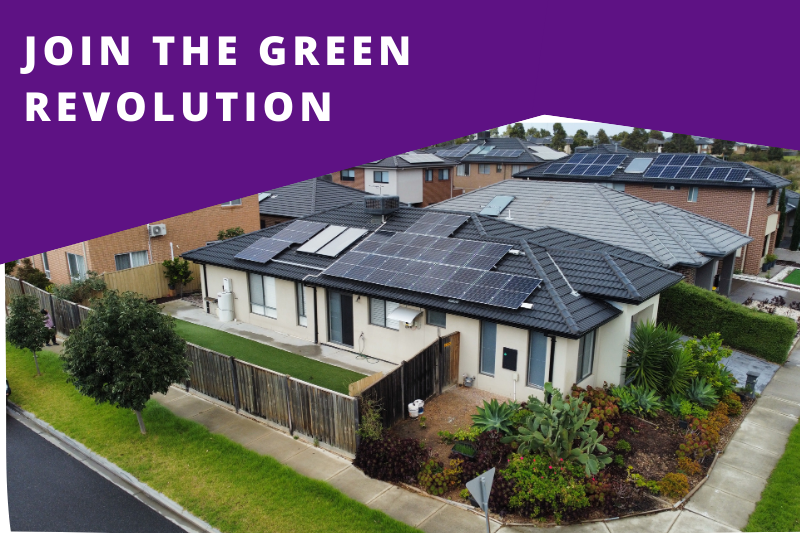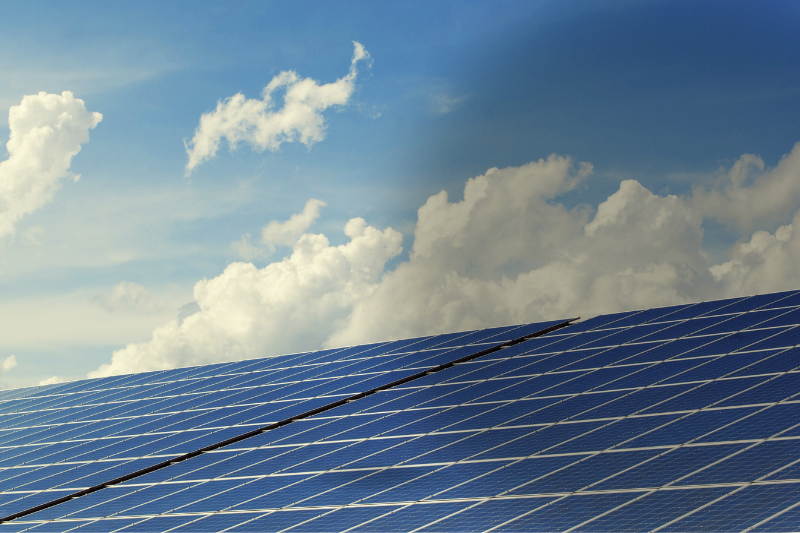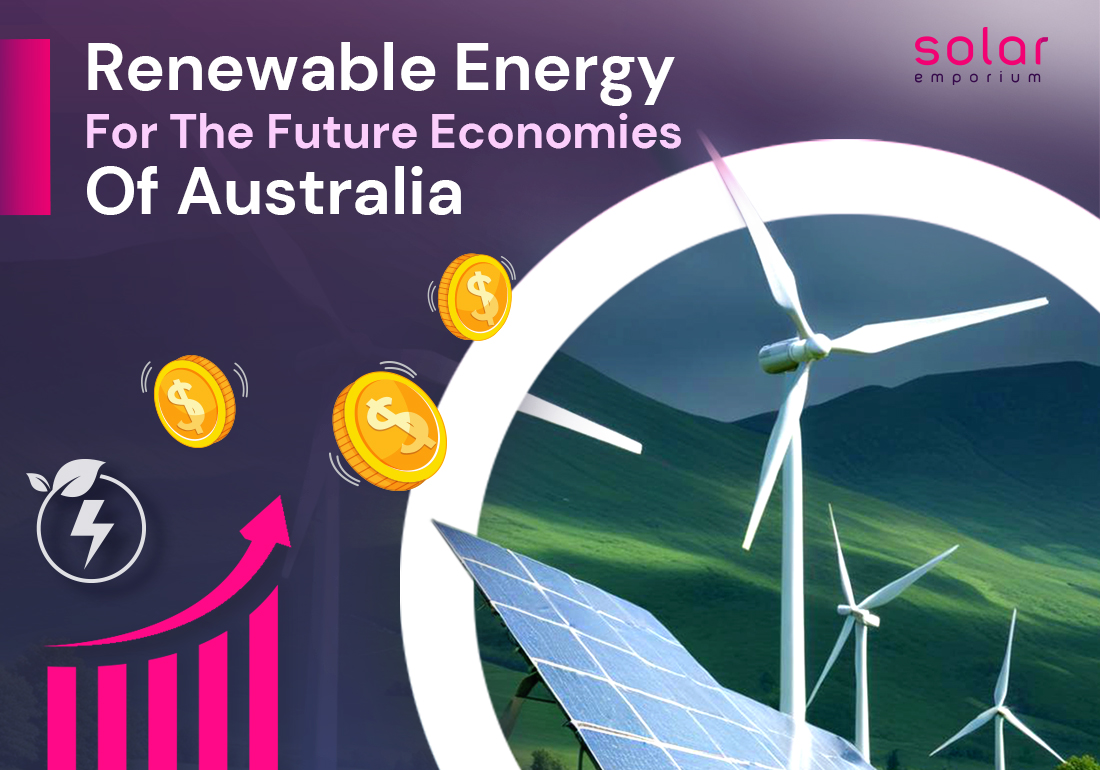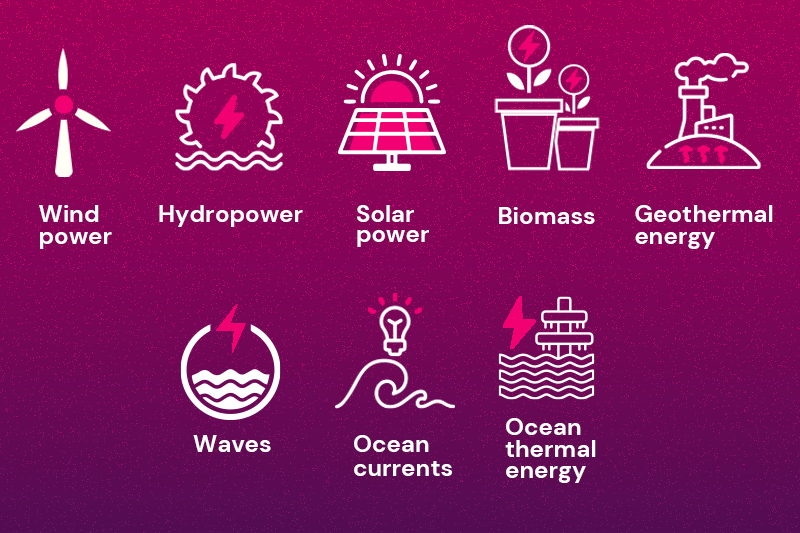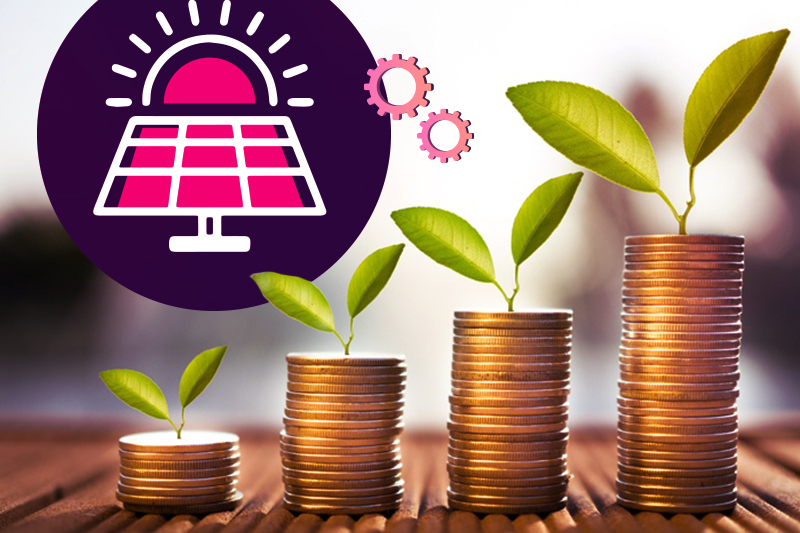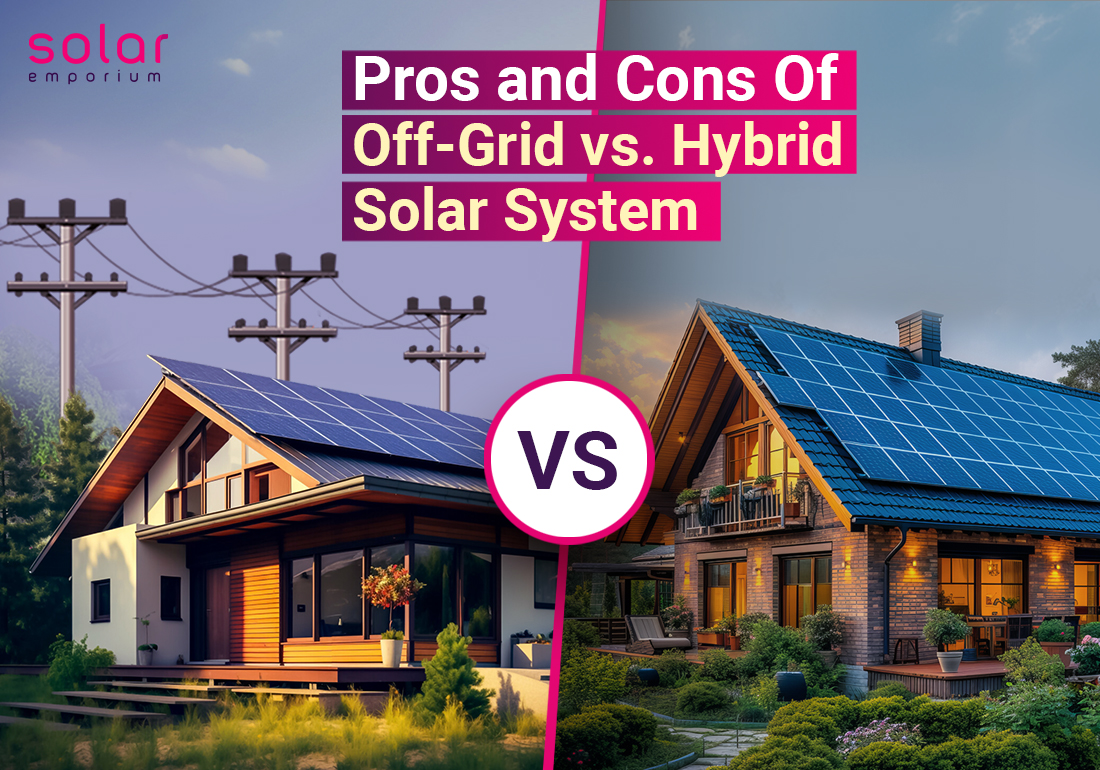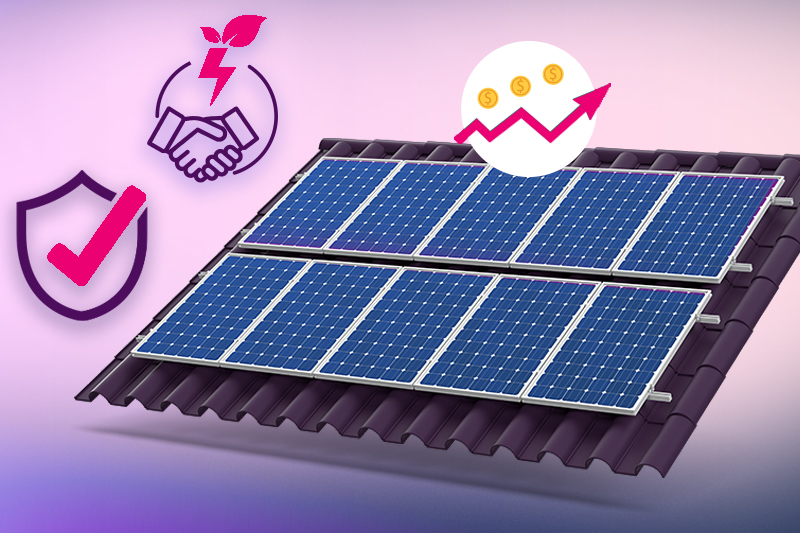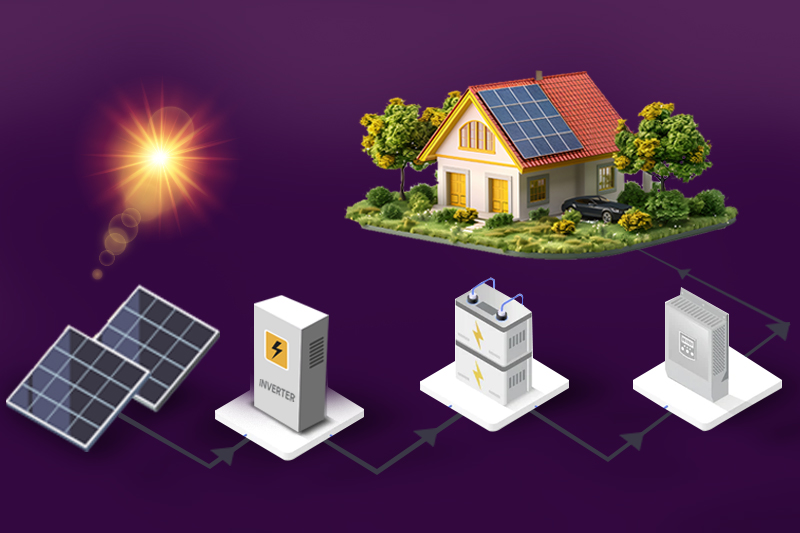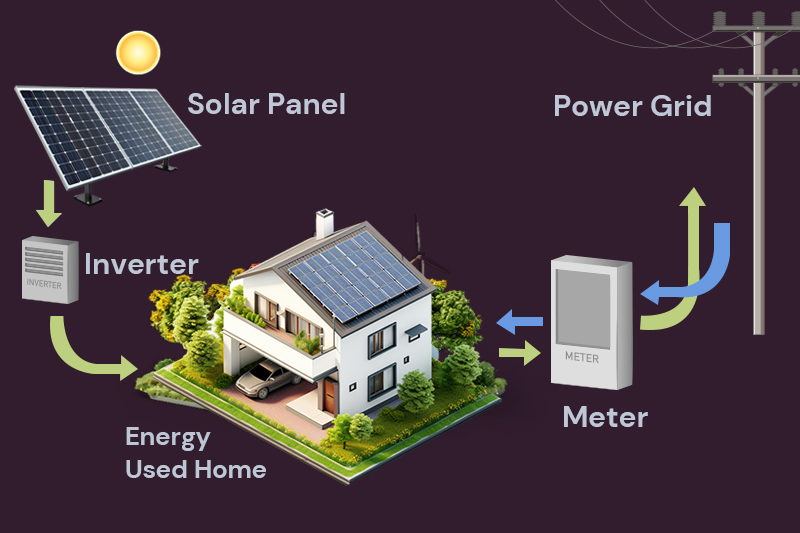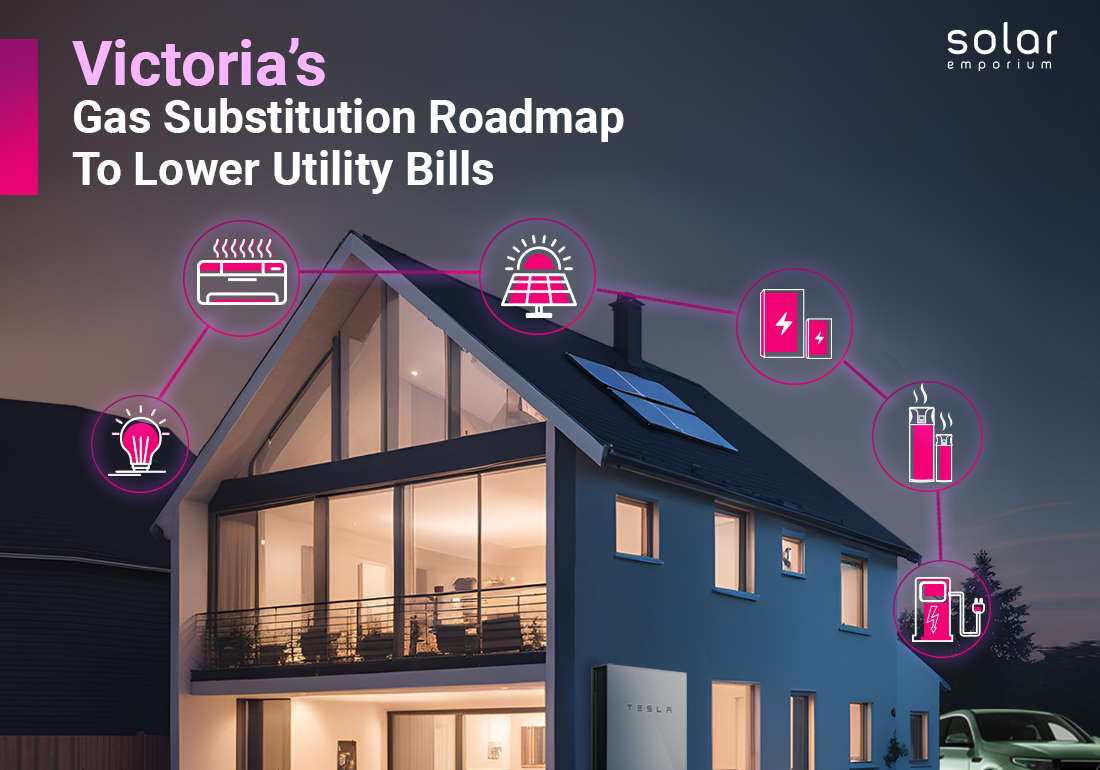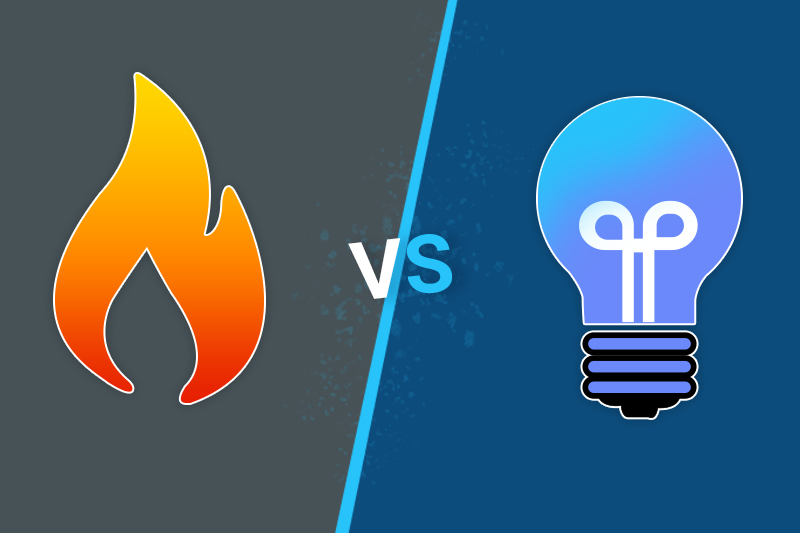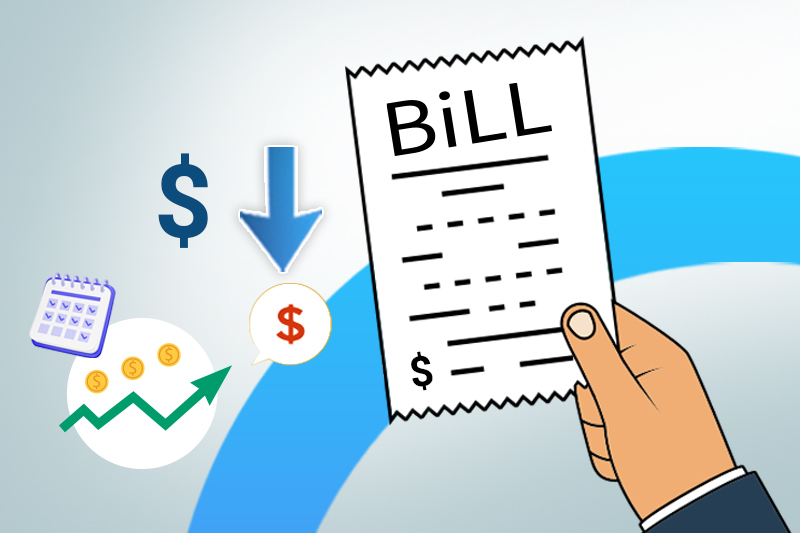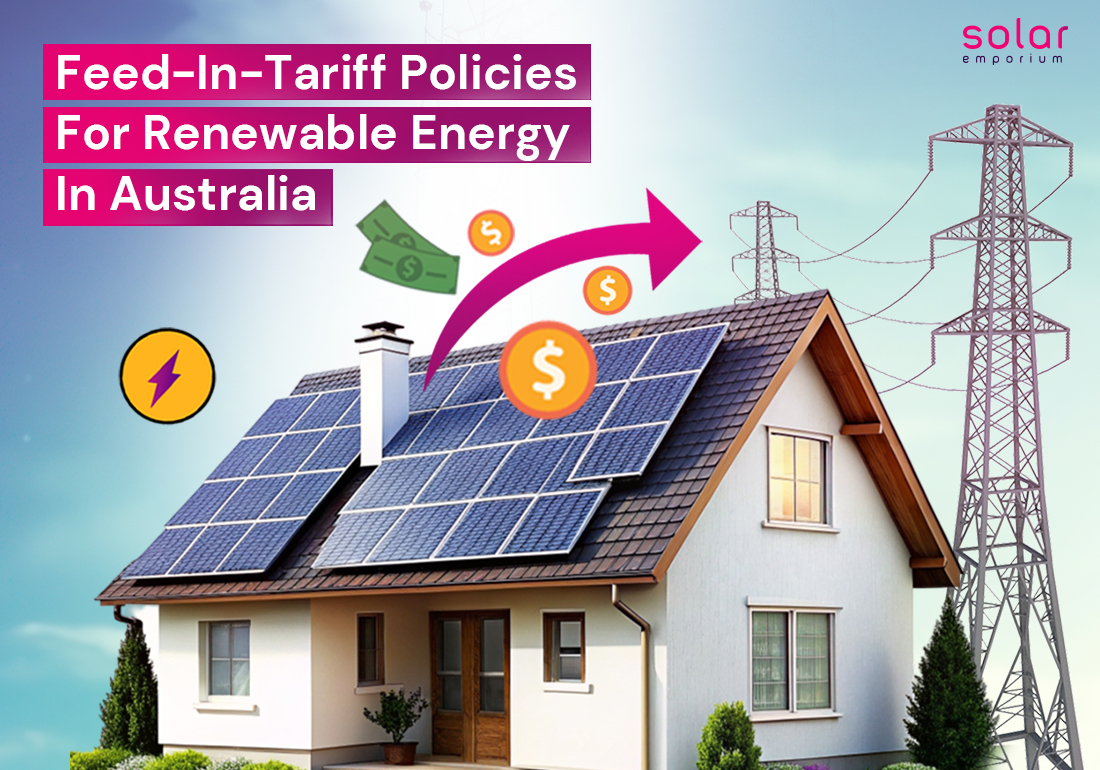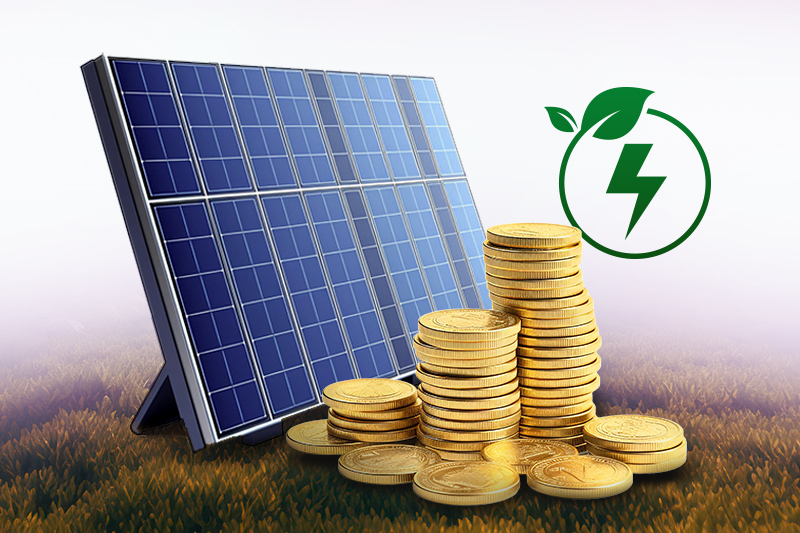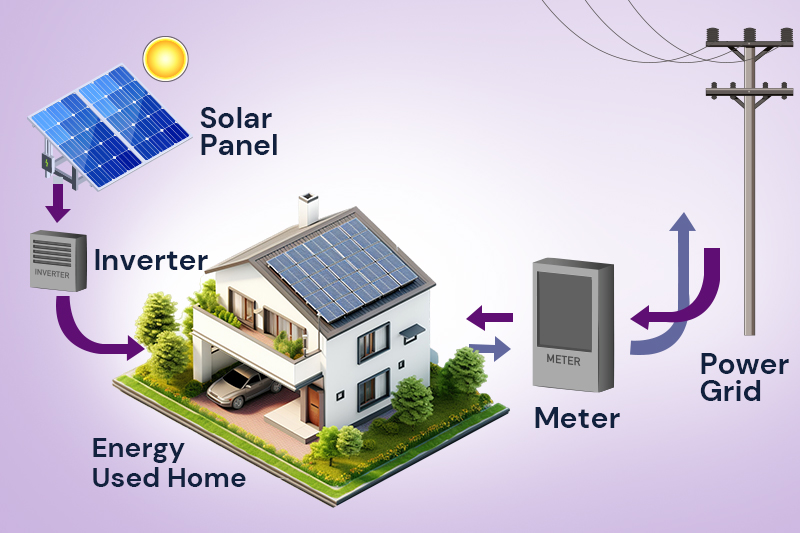In the world of electric vehicles, solar energy systems, and powerful battery storage, Tesla stands out as a shining star.
Renowned for its groundbreaking innovations and unwavering commitment to sustainability, the company continues to lead the way in transforming the future of energy storage and transportation worldwide.
One such latest innovation is the Tesla Powerwall 3, a cutting-edge smart battery storage technology for powering your home and vehicles.
Wondering what is Tesla Powerwall 3 and how it works? Don’t worry!
In this blog, we’ll explore all of its powerful features, the technology behind it, and how it can transform your home into a sustainable energy powerhouse.
So, let’s get started!
Unleashing Energy Independence: Meet the Tesla Powerwall 3
Let’s learn some basics about Tesla Powerwall 3 before moving to the details.
So, what exactly is Tesla Powerwall 3?
Tesla Powerwall 3 is the latest iteration from Tesla’s popular home battery storage lineup called the Tesla Powerwall series. This fully integrated solar battery is designed to store excess electricity generated by the solar panel during peak hours.
After the successful launch of the first two Powerwall batteries, the company decided to enhance their efficiency and increase their storage capacity.
Tesla worked on designing a system that would make solar energy more attractive and accessible to all. As a result, the company launched its 3rd battery storage option, Tesla Powerwall 3, on August 16, 2024, in Sydney, Australia.
The Powerwall 3 allows homeowners to store excess energy during the day for use at night or during power outages, providing both energy independence and security in Australian households.
Technical Specifications of Tesla Powerwall 3
Tesla Powerwall 3 is considered a more efficient, powerful, and versatile energy storage solution than its other two predecessors, Powerwall 2 and Powerwall Plus.
Here are the Tesla Powerwall 3 specifications:
| Technical Specification | Tesla Powerwall 3 |
| Energy Capacity | 13.5 kWh |
| Power Output | 15 kW peak power rating |
| 11.5 kW continuous power output | |
| Voltage | 350 to 450 V |
| Battery Chemistry | Lithium Iron Phosphate (LFP) |
| Round Trip Efficiency | 90% |
| Operating Temperature Range | -4°F to 122°F or (-20°C to 50°C) |
| Cycle Life | 10,000 cycles (approx. 30 years at 80% depth of discharge) |
| Dimensions (Height x Width x Depth) | 43.5 inches x 24 inches x 7.4 inches |
| Weight | 287 lbs or 130 kg |
| Warranty | 10 years |
| Scalability | You can install multiple units |
| Installation | It can be installed outdoors or indoors. Have an integrated inverter system. |
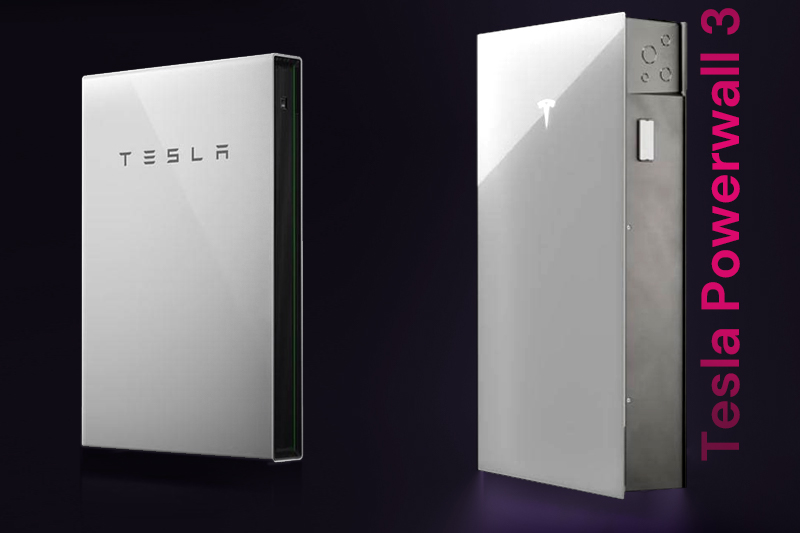
How Does Tesla Powerwall 3 Work to Cut Your Energy Costs in Australia?
The working principle of Tesla Powerwall 3 is similar to that of other batteries. Like other traditional batteries, it stores excess energy generated by solar panels during the daytime.
This stored energy is later supplied to the households as backup power to run home appliances when there are frequent grid outages or power failures due to extreme weather conditions.
By installing powerful solar batteries like Powerwall 3, residents can also enjoy full backup and avoid high electric costs during peak demand hours.
Moreover, this system is entirely automated, with no need for manual intervention. Therefore, if there’s a grid outage, the Powerwall will automatically supply electricity to your home, keeping critical appliances running without interruption.
So, don’t you think investing in solar batteries is an economically viable option for Australia’s residents?
Yes, a smart solar panel system with an efficient battery can help you build an eco-friendly home with a reliable and constant power source while reducing electricity costs.
Effortless Energy, 24/7: Tesla Powerwall 3's Key Features and Benefits
Tesla’s clean, visionary approach makes it a legendary brand in the industry. It’s a symbol that illustrates what’s possible when technology, ambition, and environmental consciousness align together.
So, now let’s see what additional features make Powerwall 3 a compelling solution for Australians:
1. Improved Energy Storage Capacity
Tesla Powerwall 3 is a game changer for people who are looking for incredible storage facilities. Compared to its previous models, the storage capacity of this latest battery has been boosted to 13.5 kWh by Tesla.
So, if your household consumes 20-25 kWh of power in a day, a single unit of Power Wall 3 can continuously provide 6 to 8 hours of backup.
This improvement significantly enables homeowners to store large amounts of energy during the day and utilize it during power outages and grid failures.
But keep in mind that the actual backup system is always interconnected with your needs and usage patterns. So, prioritize your needs first for efficient storage management.
2. Advanced and Better Efficiency
Powerwall 3 uses Lithium Ferro Phosphate (LFP) battery chemistry. This highly efficient battery allows it to store more energy in less space.
With advanced technology, the Powerwall 3’s round-trip efficiency has also improved significantly. This means more of the energy you store will be available for use, resulting in less wasted power and a greater return on investment.
3. Sleek, Compact, and Aesthetically Pleasing Design
Another great feature of Powerwall 3 is its small, sleek design. Urban houses usually have less space, and as aesthetics matter to homeowners, this compact, lightweight power storage encourages users in solar adoption.
It can be easily installed and maintained in small residential spaces and integrates seamlessly into various home environments, whether interior to exterior.
This combination of aesthetics and functionality benefits homeowners, who can now enjoy cutting-edge technology without compromising the look of their living spaces.
4. Flexibility and Scalability
The modular design of Powerwall 3 allows installation flexibility, ensuring that the system can be customized to suit each homeowner’s unique needs.
Whether you’re aiming for a backup power supply, increased energy independence, or enhanced sustainability, the Powerwall 3 can be adapted accordingly.
For example, multiple Powerwall batteries can be connected at any time to meet the growing energy needs of larger homes or businesses.
5. Longer Backup Power
The Powerwall 3 battery provides seamless backup power during grid outages and adverse weather issues, ensuring that essential devices continue to operate without any hassle.
The increase in power output allows the Powerwall 3 to handle high-energy appliances like room heaters, air conditioners, and heat pumps, making it highly effective during power outages.
6. Integrated Solar Inverter
The Powerwall 3 battery storage comes with a built-in integrated solar inverter of 11.04 kW. This inverter can support 20 kW of solar panels, ultimately reducing the need for separate equipment.
Thus, Tesla has resolved the issues with additional space, and the installation process has been simplified.
7. Smart Software Integration with User-Friendly App
Tesla’s mobile app allows homeowners to monitor their energy use, control their Powerwall 3 battery, and optimize energy consumption remotely from anywhere in the world. This user-friendly app can be operated by all age groups.
Additionally, Powerwall 3 ensures software integration that offers more advanced features, including real-time monitoring load shifting and automatic backup.
It allows you to optimize when you use stored energy or draw from the grid, depending on energy rates or personal preferences.
8. Ensures Environmental Sustainability
Tesla is always concerned about the effects of burning fossil fuels and carbon emissions, so the company is always committed to reducing its products’ carbon footprint throughout its journey.
Introducing Powerwall 3 is no exception!
By pairing Powerwall 3 with solar panels in homes, they can now reduce their reliance on fossil fuels which ultimately minimizes greenhouse gas emissions.
However, with the aim of a 100% renewable transition in Australia, the majority of homeowners are now embracing clean, green energy instead of burning coal, natural gas, or oil.
So, isn’t this a win-win for all, including the environment and economy? Definitely, it is!
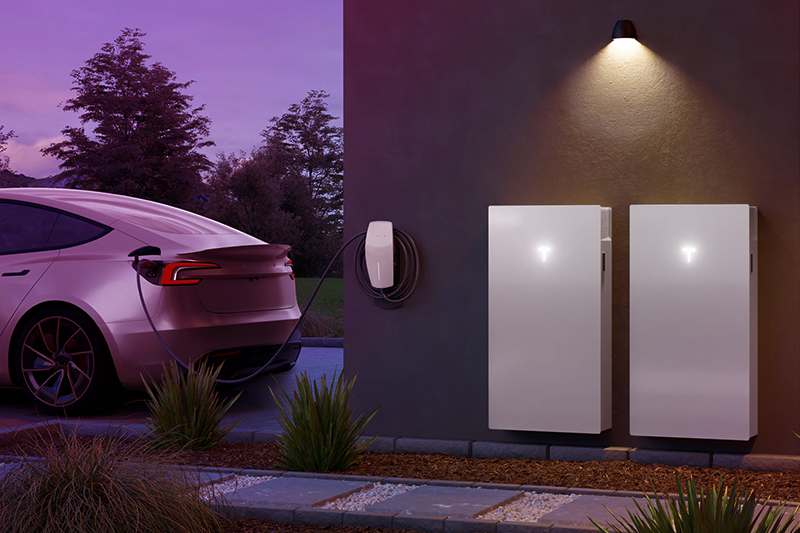
How Much Power Does the Tesla Powerwall 3 Store?
The Powerwall 3 offers about 13.5 kWh of usable energy, just like its predecessor in the Powerwall series. Though usage depends, this battery storage is enough to power most homes for a full day.
It can efficiently support the daily energy needs of an average Australian household, such as lighting, heating, cooking, and powering appliances.
Tesla’s goal with Powerwall is to provide homes with a scalable and efficient energy storage solution, allowing for the self-consumption of solar energy while reducing national grid reliance.
Tesla Powerwall 3 vs. Previous Models: What’s New and Improved?
The Tesla Powerwall 3 introduces several upgrades over its predecessors, including a higher energy capacity, improved efficiency, and a more compact design.
With 13.5 kWh of storage, it offers an increased power output rating and faster, easy installation. It has enhanced thermal management and more robust battery chemistry, contributing to a longer lifespan and better performance in extreme conditions.
Additionally, the Powerwall 3’s integrated built-in hybrid inverter, seamless integration with solar systems, advanced smart features, flexibility, and scalability make it an even more reliable name in the world of home energy storage.
Is the Tesla Powerwall 3 Worth it for Australians?
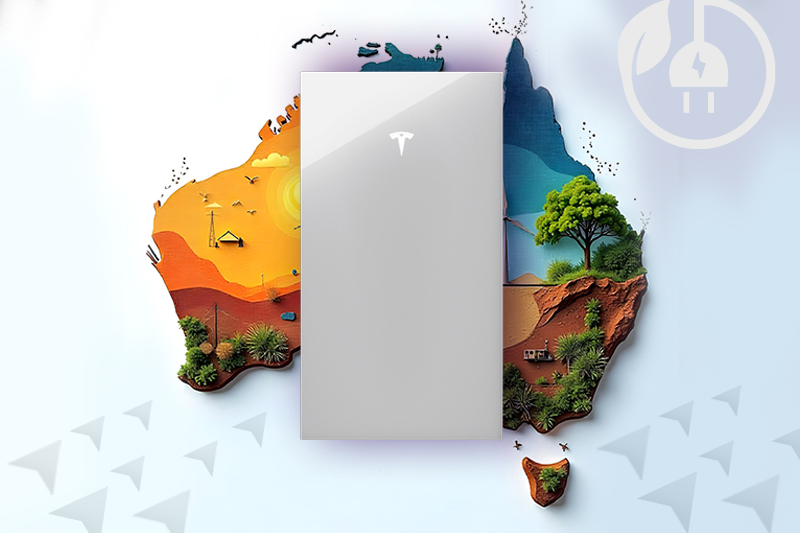
In 2024 while everyone is concerned about the adverse effects of global warming and climate change issues, Tesla Powerwall 3 offers impressive features to homeowners to reduce their heavy reliance on fossil fuels and promote a sustainable energy transition.
In areas with frequent blackouts and high electricity rates, Powerwall 3 can offer substantial savings and energy security. It ensures your home stays powered without any interruption.
Whether the Tesla Powerwall 3 is worth it depends on factors like residents’ energy consumption patterns, financial conditions, storage goals, and government incentives.
However, for many Australians who have solar panels or EVs, integrating the Powerwall 3 could be an effective way to improve energy consumption and increase home value.
How to Install the Tesla Powerwall 3?
People often ask whether they need an expert to install Powerwall 3 and how long the process takes. The installation requires several steps, and the time varies depending on the location and complexity of the installation.
It typically takes 2 to 3 days to complete everything from pre-site assessments, in-depth evaluations, and software configuration to electric grid connection and final system testing.
Moreover, as the Powerwall 3 installation involves high-voltage connections that must meet local electrical codes, Tesla strongly recommends using a certified installer for safe and smooth installation.
However, you can also contact us if you’d like to integrate your solar batteries with smart grids or install the latest Tesla Powerwall 3 battery in your home.
In Solar Emporium, we are happy to discuss any additional questions you might have regarding solar energy.
